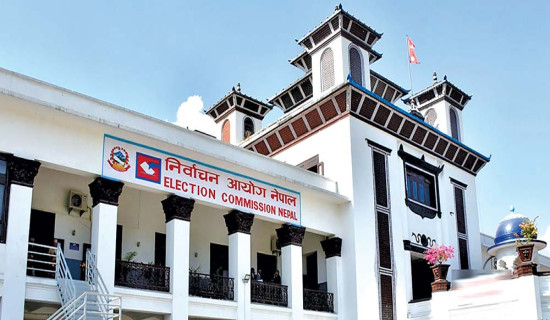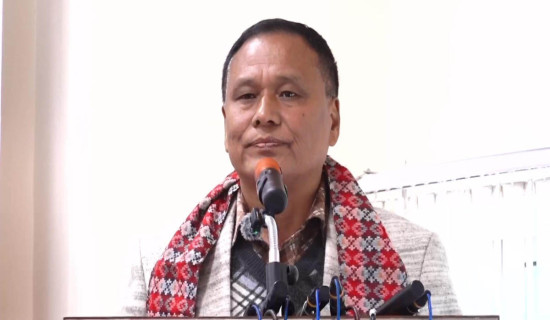- Tuesday, 30 December 2025
Melting Mountains
The white Himalaya mountains are turning black due to gradual loss of snow cover. Mosquitos are appearing in the areas that were too frigid for them to exist in the past. The heat waves have increased in frequency, severity and duration. The hurricanes are getting increasingly disastrous. The rainfall patterns are getting increasingly erratic. Floods and hurricanes are getting more devastating with every passing year. The impacts of climate change have become ubiquitous. But nowhere have the impacts been starker than in the mountains. Our mountains are losing their glaciers at a shocking rate. A 2019 study found that even if we meet our most ambitious climate goal, we are on track to lose two-thirds of them by the end of this century. Over the past decade, glacier melt has surged by a staggering 65 per cent, outpacing the previous decade. What does this mean for the millions of the people living downstream who rely on the snowmelt for their water supply as well as livelihood?
Making matters worse, the phenomenon has increased the risk of devastating effects like potential glacial lakes bursting, flash floods in rivers, sea level rise, threats to culture, and the exposure of mountains which increases the risk of rock slides, landslides and avalanches. As a result of rising temperatures, many of the species inhabiting the Himalayas are facing the threat of extinction. Yak herders, no longer able to find pastoral lands for their animals, have migrated in droves to regions in lower altitude. Crops, which used to be cultivated in the mountainous region, has become a history, emptying highland villages.
The consequences have already been dire. To observe this grim situation firsthand, the UN Secretary-General Antonio Guterres visited Nepal some two weeks ago and explained to the world the ravages brought by the changing climate to the country despite its negligible contribution to it, helping the country get well-deserved global attention for addressing the pressing climate issues. We must be able to capitalise on this international exposure and leap into action with adaptation measures. First and foremost, concrete steps should be taken to unlock the loss and damage fund meant for the most climate-vulnerable countries. The UN Secretary-General's visit has given new meaning and impetus to our climate goal, bringing us closer to the position to get the much-needed fund. The reparation fund can be used to immediately shift the downstream community at risk of glacial lake burst to safety, to rebuild the at-risk infrastructure like roads, bridges, power plants, as well as settlements, to safer areas.
Temperature rise is drying up water sources in many places and scarcity of water can set the stage for quarrels and disputes that can take a nasty turn, as we are familiar with such conflicts taking violent form in many parts of the world. Clearly, there is a need for efforts to keep such destablising strife at bay. Those displaced or robbed of livelihoods should get land and means to earn. There is still some time to help millions of impacted people, to protect biodiversity hot spots, but the window of opportunity is fast closing. For this, we need actions from policy level as well as collaboration of experts. The coping mechanism also includes plantation of crop seeds resistant to warming temperature that also require less water to grow. We are seeing a growing number of climate refugees. To tackle the situation from spiralling out of control, timely intervention to properly manage them is a must before it's too late.













-original-thumb.jpg)


